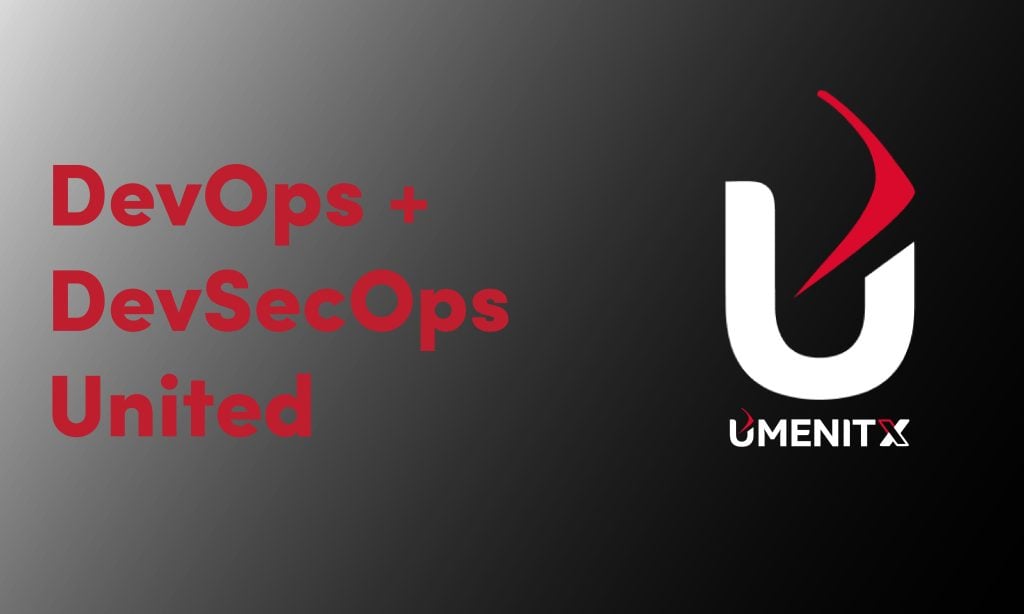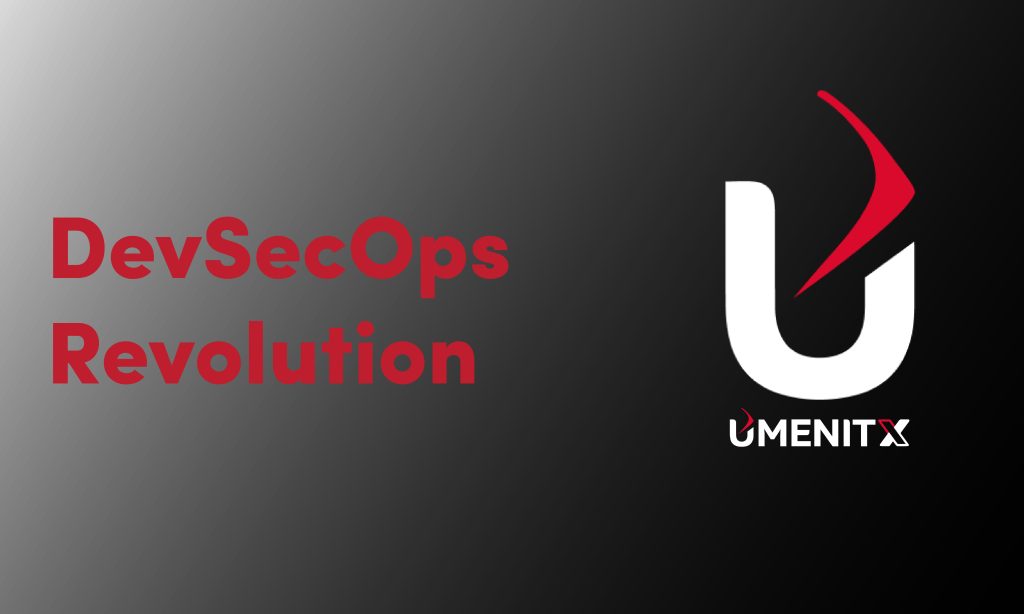NoOps: Fully Automated Operations for a Resilient Tech Ecosystem
In today’s fast-paced digital environment, operations teams are expected to deliver fast, scalable, and uninterrupted services around the clock. As organizations grow and cloud-native architectures mature, traditional operations models often struggle to keep up with the demands of continuous delivery and real-time responsiveness. This has led to the evolution of DevOps into a new paradigm—NoOps.
What is NoOps?
NoOps stands for “No Operations” and refers to a model where infrastructure management, deployment, and monitoring are fully automated, requiring minimal manual intervention. It’s not about eliminating operations teams entirely, but rather minimizing repetitive, time-consuming tasks so engineers can focus more on innovation, optimization, and building customer value.
Think of NoOps as an ecosystem where systems auto-detect issues, self-heal, scale on demand, and send alerts only when human decision-making is actually needed.
Why NoOps is Gaining Ground
1. Always-On Services
With user expectations around uptime and reliability at an all-time high, organizations need infrastructure that detects and resolves failures in real time. NoOps enables systems to remain operational—even at 2 a.m.—without waking up an engineer.
2. Dev Acceleration
Developers don’t need to wait on Ops teams for provisioning environments or managing rollbacks. CI/CD pipelines handle code deployments end-to-end, often integrated with observability tools and machine learning models that auto-tune pipelines for better performance.
3. Operational Efficiency
Routine activities like log analysis, resource allocation, and configuration updates are automated through tools like Terraform, Kubernetes Operators, or AIOps platforms. This frees operations teams to work on strategic tasks rather than firefighting.
Key Components of a NoOps Setup
1. Infrastructure as Code (IaC)
Automates provisioning and configuration of cloud resources using tools like Terraform or Pulumi.
2. Self-Healing Systems
Monitoring tools integrated with intelligent automation (e.g., Keptn, Prometheus with Alertmanager) to take action based on anomaly detection.
3. Event-Driven Architectures
Triggers actions based on real-time data flows or changes in system state without manual oversight.
4. Automated Security Policies
NoOps environments enforce security via policy-as-code frameworks that dynamically adapt to context.
5. Observability & Feedback Loops
Platforms use telemetry and metrics to track system health and automate incident resolution with minimal latency.
Is NoOps the End of Operations Teams?
Not at all. NoOps redefines the role of Ops, rather than replacing it. While automation handles provisioning and incident response, teams are still vital for:
- User and access management
- Helpdesk and human-first support tasks
- Strategic oversight for compliance and governance
- Designing and fine-tuning automation logic
The transition to NoOps is about elevating the role of Operations, not eliminating it.
Use Cases of NoOps in Action
- A financial services company automates rollback and retry mechanisms during failed deployments, reducing MTTR (mean time to recovery) from 40 minutes to under 5.
- A media streaming platform implements predictive autoscaling using AI models based on historical usage, ensuring zero buffering during peak hours.
- A SaaS provider introduces self-service environments for devs with fully isolated cloud infra, eliminating dependency on Ops for staging setups.
Challenges to Consider
1. Cultural Shift
NoOps demands trust in automation. Teams need to shift from “fix it manually” to “design it to fix itself.”
2. Tooling Complexity
Integrating the right mix of observability, automation, and cloud-native tooling requires careful architecture.
3. Security Implications
More automation means more surface area for configuration errors. Strong governance and testing pipelines are critical.
Conclusion: NoOps is a Step Toward Intelligent Operations
Fully automated operations are not just a trend—they’re becoming a necessity. NoOps offers a vision of digital infrastructure that’s proactive, adaptive, and resilient, allowing teams to focus on what matters most: innovation and user experience.
Adopting NoOps doesn’t mean removing humans—it means letting systems handle the repetitive, low-value tasks so humans can do the strategic work. For any organization seeking agility at scale, building toward a NoOps model is a worthy investment in long-term stability and growth.




